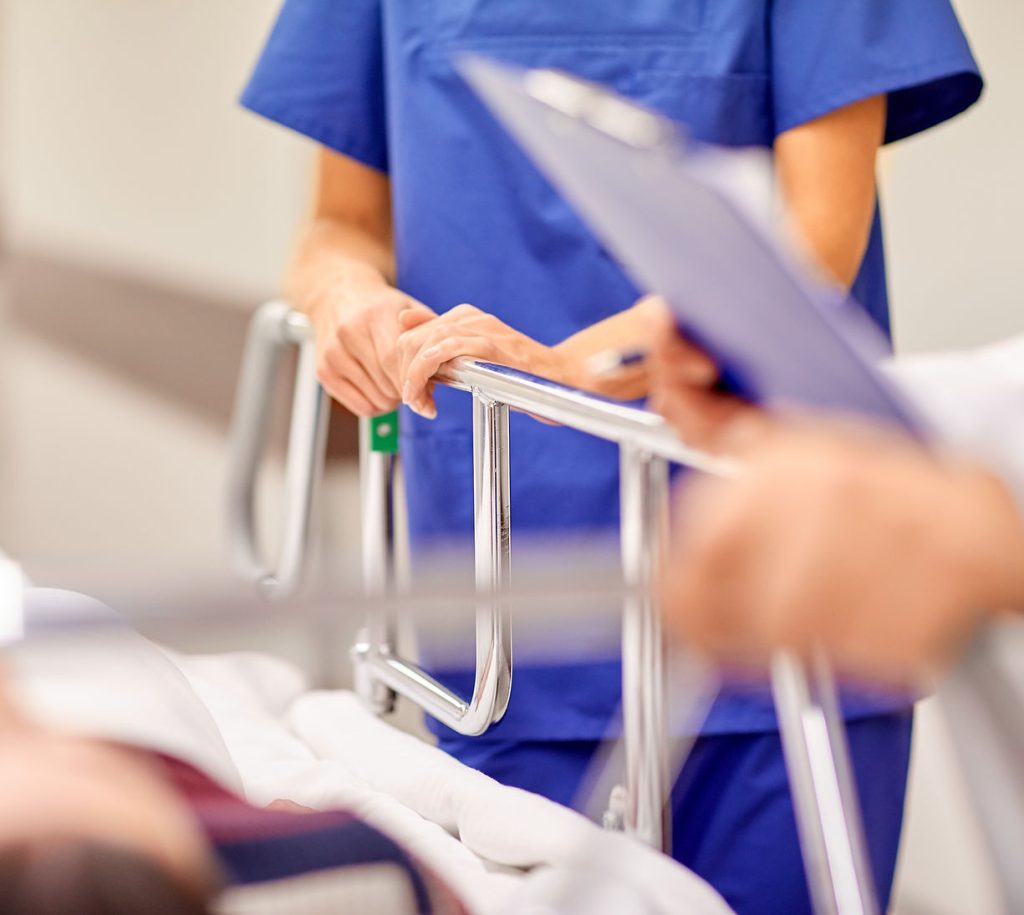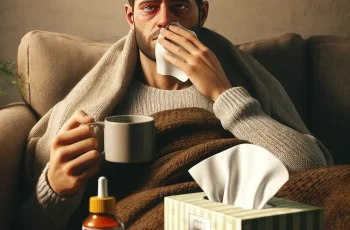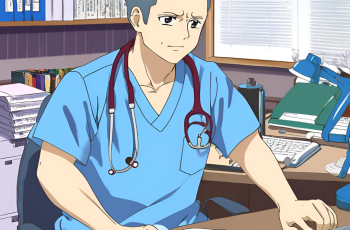A day in the life of an Emergency Medicine (EM) ST4 trainee is anything but predictable. Each shift presents a unique set of challenges, often leaving the trainee mentally and physically exhausted. The increasing number of patients arriving at the emergency department (ED) has led to crowded conditions, exacerbated by staffing shortages and delays in patient discharges due to social care issues. Despite these challenges, the opportunity to make a significant impact on patients’ lives and work within a dedicated team makes the role rewarding.

The day begins with a handover from the night shift, revealing that many patients have exceeded their four-hour wait time. Although most have been seen and referred to specialties, they are stuck waiting for beds, a common issue in the ED. The trainee quickly shifts focus as a call comes from the resuscitation area for a patient in supraventricular tachycardia (SVT). The patient arrives in distress, having experienced the rapid heartbeat for several hours. After attempting various maneuvers to restore normal heart rhythm, chemical cardioversion is performed successfully, providing immediate relief and showcasing the effectiveness of emergency interventions.
The next case involves a man with a severe nosebleed, exacerbated by his use of warfarin. The trainee quickly assesses the situation and uses a nasal pack to stop the bleeding, ensuring the patient will receive further monitoring and care under the ENT team. Shortly after, another patient arrives with a fast heart rate, suspected to be ventricular tachycardia (VT). Recognizing the urgency, the trainee administers amiodarone, leading to a return to normal heart rhythm, which brings a sense of accomplishment.
As resuscitation cases increase, the ED faces capacity challenges. With only two beds available, patients are left waiting in corridors, which raises concerns about the ability to respond to new emergencies. A woman with sepsis is moved to a major area for further care, emphasizing the need to keep resuscitation beds available for critical patients.
An elderly lady arrives with a cerebrovascular accident (CVA), taking the last available resuscitation bed. The trainee reflects on the fragility of health, feeling a pang of sadness for the woman and her family, recognizing how quickly circumstances can change.
Another patient requires non-invasive ventilation (NIV) due to respiratory distress. Unfortunately, there are no available machines in resus, and the trainee engages in discussions with the intensive care unit (ICU) consultant to secure a bed for the patient. After some negotiation, the patient is transferred to the high dependency unit (HDU), where she shows improvement shortly after starting treatment.
A young man who has taken an overdose presents next but refuses treatment. The trainee attempts to assess his capacity but is met with agitation. After administering medication to calm him, security is needed to ensure safety. Despite the challenges, the trainee remains focused on providing care, even when faced with hostility.
The day continues with a young woman suffering from a dislocated ankle. After sedation and pain relief, the trainee attempts to realign the injury but faces difficulties due to instability. With careful manipulation, the ankle is stabilized, and the patient is referred to orthopedics for further treatment.
As the shift comes to an end, the trainee reflects on the day’s events. Beyond managing personal patients, there were numerous interactions with junior doctors, nursing staff, and family members, highlighting the collaborative nature of emergency medicine. The trainee has learned to manage stress through regular exercise, which helps in transitioning from the high-pressure environment of the ED.
After the shift, the trainee heads to a boxing match as a ringside doctor. This role provides a different atmosphere while still utilizing medical skills. The evening is relatively uneventful, with only minor cuts to attend to, allowing the trainee to enjoy the experience and connect with others in a unique setting.

Finally, the day concludes late, but there’s a sense of satisfaction knowing that the next shift will bring new challenges and experiences. This unpredictability is part of what makes a career in emergency medicine so exhilarating.




